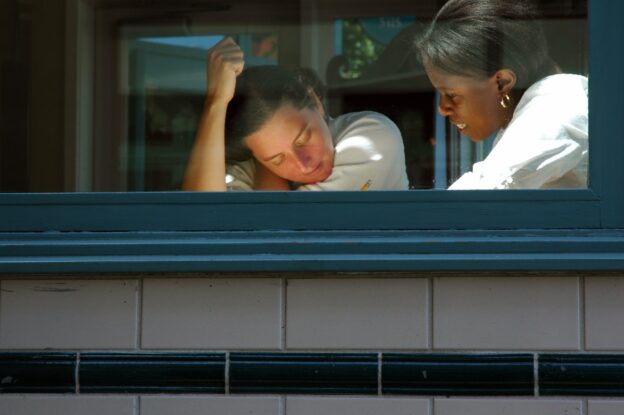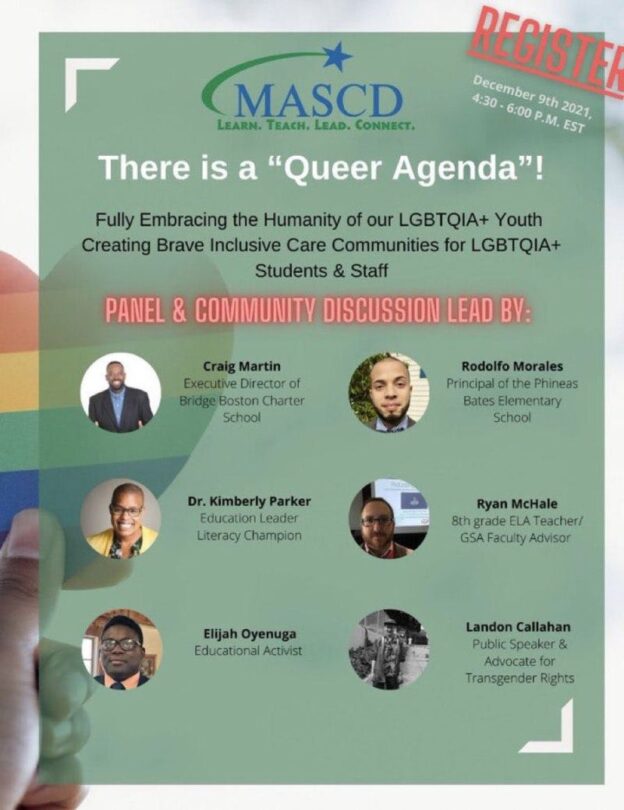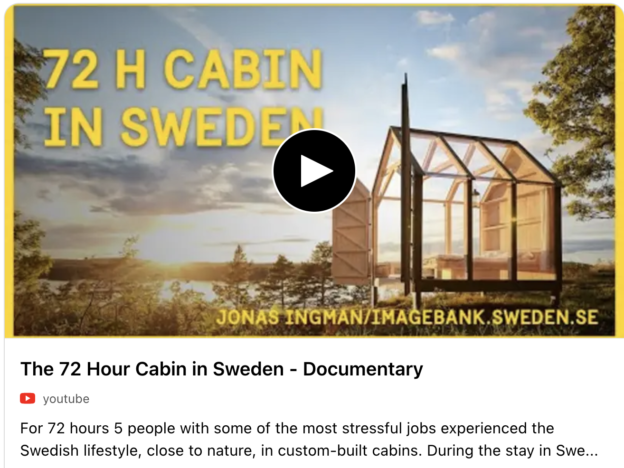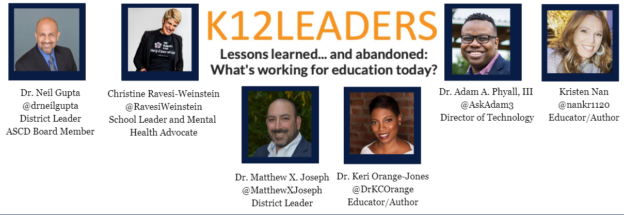Wow. That year flew by! Like many of you, we have been teetering in and out of pandemic stress in the Hooker household. We kept our youngest kids out of school until they were vaccinated making it the longest Spring Break ever. I started going back out to conferences, but I’m already seeing some cancel this spring. I’m not sure exactly what 2022 will hold (that post comes out tomorrow), but as always, I like to review and reflect on my predictions from last year.
Before I do that, I always like to highlight a couple of my biggest hits when it comes to predictions. As this was my 9th year of writing this post, some came to fruition eventually, while others didn’t.
A non-Apple Tablet will rule them all (2013)
Pearson will lose its testing contract in Texas (2015)
A Boba Fett movie will be announced (2018) – technically a series but ….
The 2020 election will be heavily influenced by TikTok (2020)
These were great but my biggest flop was not predicting a global pandemic in 2020 that would impact schools (and these predictions) greatly. With that, here’s a look back at my predictions from 2021 and how I would rate the outcome.
Prediction: The mega face-to-face conference dies…and is reborn as hybrid
Outcome: Close to spot on
If I’m being honest with myself, this isn’t that bold. I keynoted the NYSCATE and VSTE conferences late in 2021 and both had hybrid sessions being posted online. I think this will be the model of conferences forever going forward. There will always be a want for some sort of face-to-face element when it comes to conferences. (at least until the Metaverse is fully functional – hint at predictions for this year).
Prediction: Esports becomes a national varsity sport
Outcome: Not quite ready player one yet
The pandemic would surely bring a need for eSports as an option for schools around the country. I still see epic growth in this field but as of this writing, football, basketball, baseball, soccer, and other sports are still king.
Prediction: Every high school will offer high-quality online options from now on
Outcome: Not quite online
I think this one will be accurate in 3-5 years. With the growing national teacher shortage looming, this will become more of a need as schools try and figure out creative ways to offer unique courses to their students. If you think about it, it doesn’t make a lot of sense to only offer courses based on what teachers can teach it in your geographic area. With some creative funding and programs like Rex Academy’s online CS teachers, there’s no reason why this can’t eventually happen. Students can do these classes at any time and if they still need to go into an actual building, there can be an adult monitoring a computer lab full of virtual students.
Bad weather days become obsolete
Outcome: partly sunny
This one ties heavily into the previous prediction. Here in Texas we faced a “Snowpocalypse” that meant we were out of school for almost two weeks. My kids were attending virtually and were able to carry on for the most part, but a new issue came as a result of the weather; Lack of internet. I’ll call this one mostly true, with a realization that in really bad weather, the lack of internet could be the disruptor for learning. Plus, sometimes we all need a mental health day now and then.
Prediction: Classroom air quality becomes a priority
Outcome: Breathing a little easier
With the arrival of ESSER funds dedicated to upgrading school filter systems in the spring of 2021, this prediction was almost nailed. But then in November, the federal government passed an infrastructure bill that no longer had $100 billion dollars in it dedicated to upgrading old school buildings and portables. So while we should be able to breathe a little easier, we still have to look up at those water-stained, moldy ceiling tiles.
Prediction: The Roaring 20’s will be a thing
Outcome: I see more people dancing…on TikTok
Honestly, I wasn’t expecting a bunch of people to be running around in flapper dresses and sequin ruffle skirts. With the pandemic still hanging around like an in-law overstaying their holiday welcome, I think there is still time for the Greater Gatsby to make an appearance this decade. I will say this, from my brief encounters at social events at two conferences, people are ready to get out and move. But in the mean time, just watch them dance on TikTok.
Prediction: Schools will adopt a “racial justice” curriculum
Outcome: We still have a long way to go
I had no idea the political hotbed this issue would raise this past year. When parents weren’t yelling at school boards about mask policies, they were yelling about DEI. Honestly, with the political turmoil in this country, I only see this happening in certain parts of the country. It’s sad too, because if we are truly trying to raise a nation of critical thinkers, how can we do this without having a hard conversation about our country’s racial past?
Prediction: The Hot Ones episode of UnDisruptEd goes viral
Outcomes: Flamed out
Every tech leaders favorite podcast UnDisruptEd did a lot of different things in the first 4 seasons. But one thing it didn’t do was go viral. This video still only has 155 views as of this writing and I’m pretty sure half came from our kids watching their dads cry on camera. That said, something else unexpected happened with the podcast; Adam and I got to do it as a keynote live! We opened up the Confluence event and VSTE with a live and interactive version of our podcast to thunderous and at times awkward applause.
Prediction: 90% of face-to-face meetings will be eliminated in education
Outcome: Let’s have a meeting to discuss this
I don’t know that we’ll ever see a time where this happens completely (Metaverse anyone?), but I there has been an increasing acceptance in attending meetings virtually. I think as leadership changes in future years and Millennials start to take over, this will become much more of a norm.
Prediction: There will be a Star Wars spinoff about a school on Tatooine
Outcome: Failing grade
I’m still hopeful we’ll get to see little Grogu go to Jedi school on the next Mandalorian, but this one is doubtful. Maybe it’s time for someone to finally open up a Star Wars themed school?
Prediction: I finally write and publish my children’s book
Outcome: It’s a failure…but….
I never would have predicted that I would be spending a large part of 2021 writing a book about failure. But that’s what happened. Later this month my new book Ready Set FAIL will hit the Amazon book store (preorder here). It’s somewhat appropriate that my failure in writing a children’s book would actually become a book. My new book explores all the science behind why it’s important to let kids (and adults) take risks and fail. I loaded it with stories of my own failures and also included strategies and activities for encouraging more of this concept in schools. After all, failure makes a great teacher.
As I look back at my predictions from 2021, I don’t feel like there were any that were particularly bold. My goal for this year’s predictions is to really ramp up the risk and see where it leads. Stay tuned!











